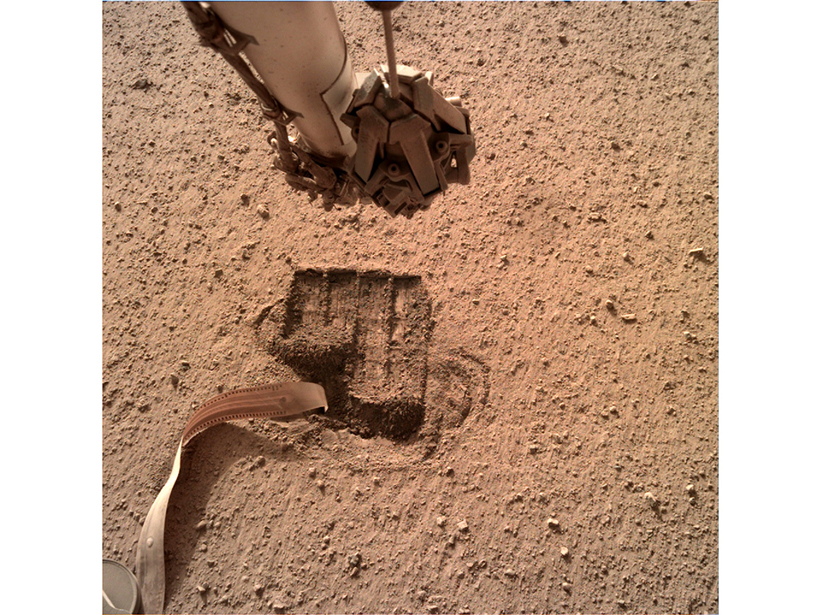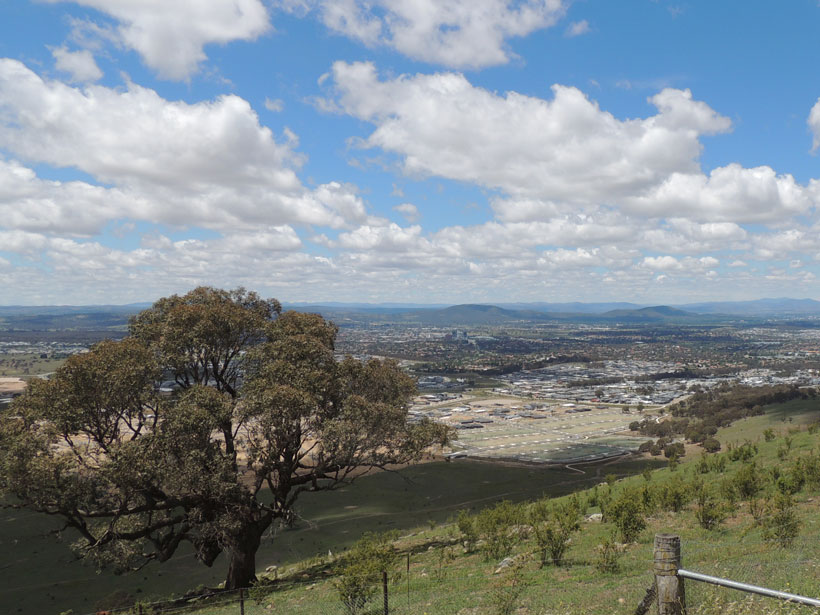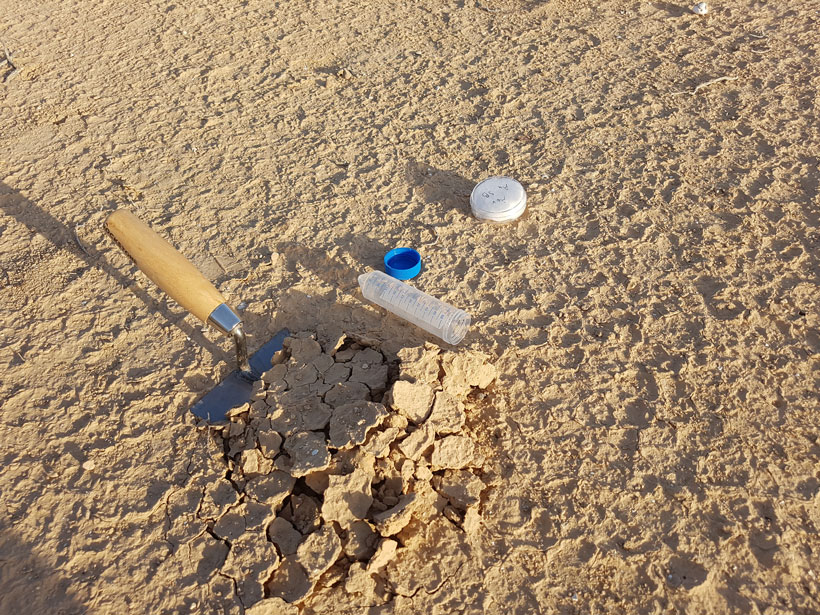Research indicates that wildfires could be bolstering soil emissions of air pollutants that contribute to smog and climate change.
soils
Settlement of Rapa Nui May Have Been Doomed by a Dearth of Dust
Rapa Nui and Hawai‘i offer a tale of two island settlements: Hawai‘i was close enough to Asia for continental dust to help replenish soil nutrients depleted by agriculture. Rapa Nui wasn’t.
Community Input Drives Superfund Research
Researchers identified geochemical tracers for lead and investigated Oklahomans’ concerns at the Tar Creek Superfund site.
Plant Root Exudates Mediate Soil Nutrient Transport
Plant roots mediate solute transport through the soil immediately surrounding them by introducing polymers and other binding compounds that disrupt water transport pathways between soil pore spaces.
Not So Hot Under the Collar
Thermal properties of Martian soil as measured by the InSight lander.
Predictive Forensics Helps Determine Where Soil Samples Came From
Researchers deploy geochemical analyses to narrow down the search area for a soil sample’s site of origin—an approach that could prove useful to law enforcement.
Desert Life Conjures Organic Carbon from Thin Air
Without water, photosynthesis shuts down. To survive dry spells, desert microbes scavenge traces of hydrogen from the air and burn it for energy. Some even use hydrogen to fuel carbon fixation.
Soil Saturation Dictates Africa’s Flood Severity
The most complete hydrological data set for the African continent reveals a surprise: Soil moisture, not heavy precipitation, best explains the timing of Africa’s most severe floods.
Una mirada global al carbono orgánico superficial del suelo
El carbono orgánico del suelo es un elemento importante para la salud de los ecosistemas y del clima. En la actualidad la teledetección permite a los científicos observar globalmente esta importante pieza del rompecabezas del carbono.
Cutting to the Core
In our July issue, Eos looks at the collection, study, and storage of cores—from sediment drilled up from the age of the dinosaurs to tree rings as big as a house.










